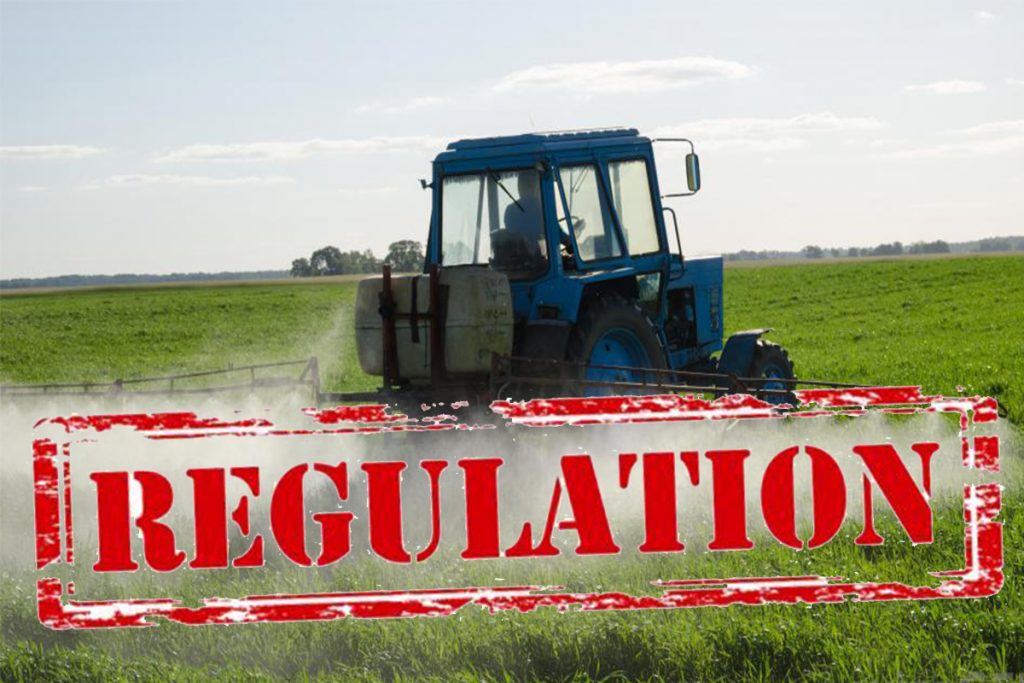Few people engaged today in the important debates over regulation of agricultural biotechnology know or remember much about the critical debates that unfolded when the gen-one wave of ag biotechnologies first hit the beach.
Today, as CRISPR-driven, largely untested technology rolls on shore, attention to lessons learned in the past (but thus far unheeded) might be helpful in finding a more constructive path forward. But as Brother Lipson is quick to point out, “or not.”
“Why Regulators Lost Track and Control of Pesticide Risks: Lessons From the Case of Glyphosate-Based Herbicides and Genetically Engineered-Crop Technology” looks back, highlighting the wisdom and forethought embedded in the resistance-management provisions applicable to Bt-transgenic technology, and the costly error in judgement made by the EPA in leaving glyphosate-resistance management to the “market.” This July 12, 2018 paper appears in Current Environmental Health Reports.
For our loyal Hygeia readers, we coughed up three large to make this open access. So please read it, pass it along, compost it.
Soon we will publish a guest blog that will shed further light on what happened back in the early 1990s, and why. It comes from one of the people who played a key role in helping EPA get it right on Bt crops, and she bears no blame for the consequential failure to do the same with herbicide-resistant technology.
The analysis of past mistakes in this paper is largely common knowledge now, but the recommendations to fix shortcomings in law and ag biotech regulatory policy will surely not be universally welcomed.
Source:
Charles Benbrook, “Why Regulators Lost Track and Control of Pesticide Risks: Lessons From the Case of Glyphosate-Based Herbicides and Genetically Engineered-Crop Technology,” Current Environmental Health Reports, July 12, 2018.

